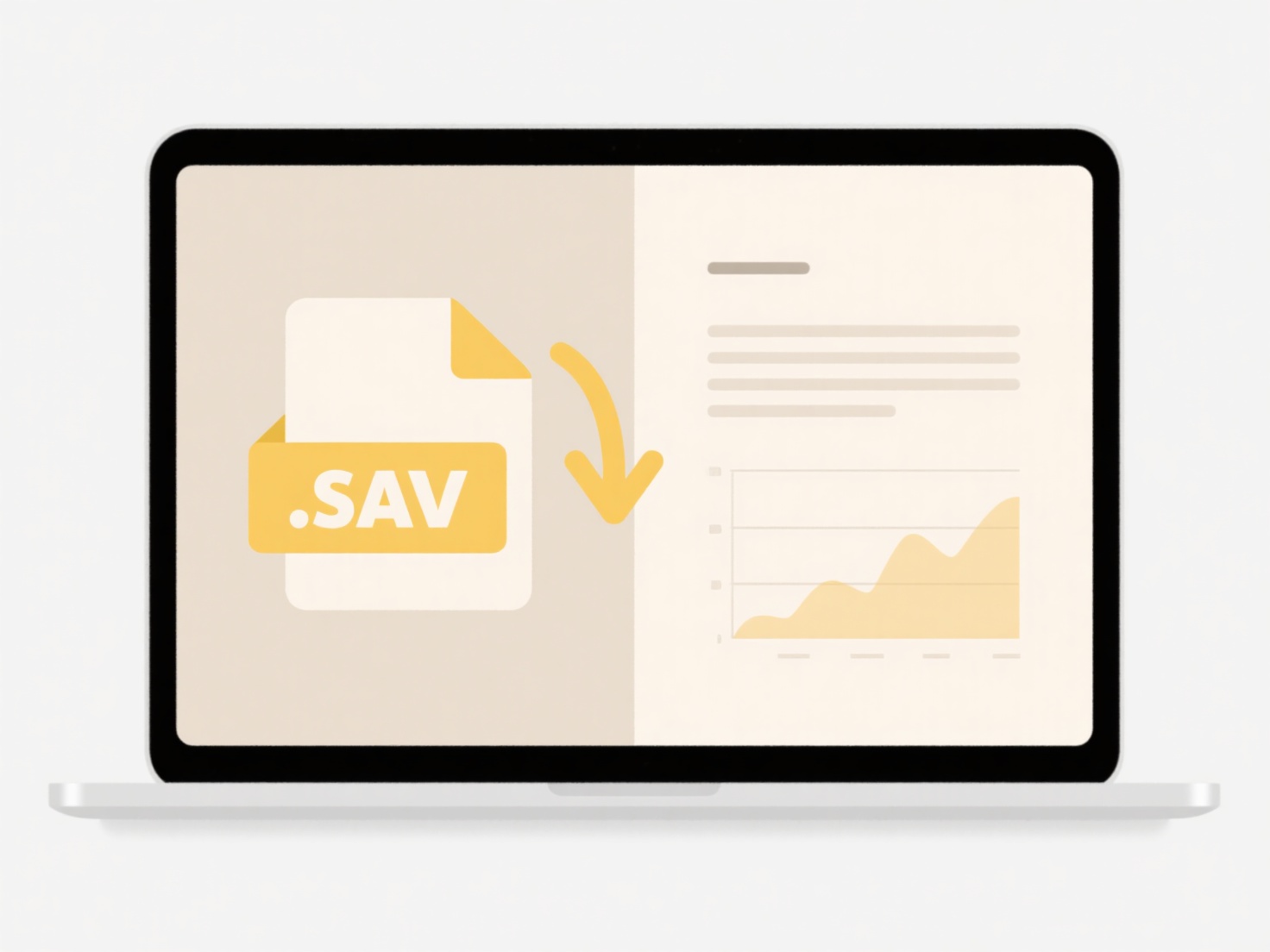
File version control manages changes to documents stored in shared locations, differing significantly from simple file sharing by tracking revisions, enabling rollbacks, and facilitating conflict resolution when multiple people edit simultaneously. Its core purpose is preventing data loss or conflicting versions common in basic shared folders.

Practically, development teams use dedicated version control systems like Git (hosted on platforms such as GitHub or GitLab) to track code changes. Marketing teams might leverage built-in versioning within cloud collaboration platforms like Microsoft SharePoint or Google Workspace for documents like proposals or budgets, allowing authors to restore prior versions if errors occur.
Best practice mandates using dedicated version control software, not relying solely on shared drive features. Key advantages include enhanced collaboration safety and historical tracking. However, it requires user training and disciplined processes. Neglecting it risks irreversible data conflicts, delays, and loss of work history, emphasizing its critical role in operational integrity.
What’s the best practice for version control in shared folders?
File version control manages changes to documents stored in shared locations, differing significantly from simple file sharing by tracking revisions, enabling rollbacks, and facilitating conflict resolution when multiple people edit simultaneously. Its core purpose is preventing data loss or conflicting versions common in basic shared folders.

Practically, development teams use dedicated version control systems like Git (hosted on platforms such as GitHub or GitLab) to track code changes. Marketing teams might leverage built-in versioning within cloud collaboration platforms like Microsoft SharePoint or Google Workspace for documents like proposals or budgets, allowing authors to restore prior versions if errors occur.
Best practice mandates using dedicated version control software, not relying solely on shared drive features. Key advantages include enhanced collaboration safety and historical tracking. However, it requires user training and disciplined processes. Neglecting it risks irreversible data conflicts, delays, and loss of work history, emphasizing its critical role in operational integrity.
Quick Article Links
How do I resolve Google Docs duplicate file issues?
Google Docs duplicate files occur when multiple copies of the same document unintentionally exist in your Google Drive s...
What’s the best way to name file versions (v1, v2, final)?
File version naming consistently tracks document iterations using labels like v1, v2, or 'final'. Sequential numbering (...
How do I export a database from MySQL or PostgreSQL?
Exporting a database means creating a complete, portable copy of its structure (tables, views, etc.) and data. This file...